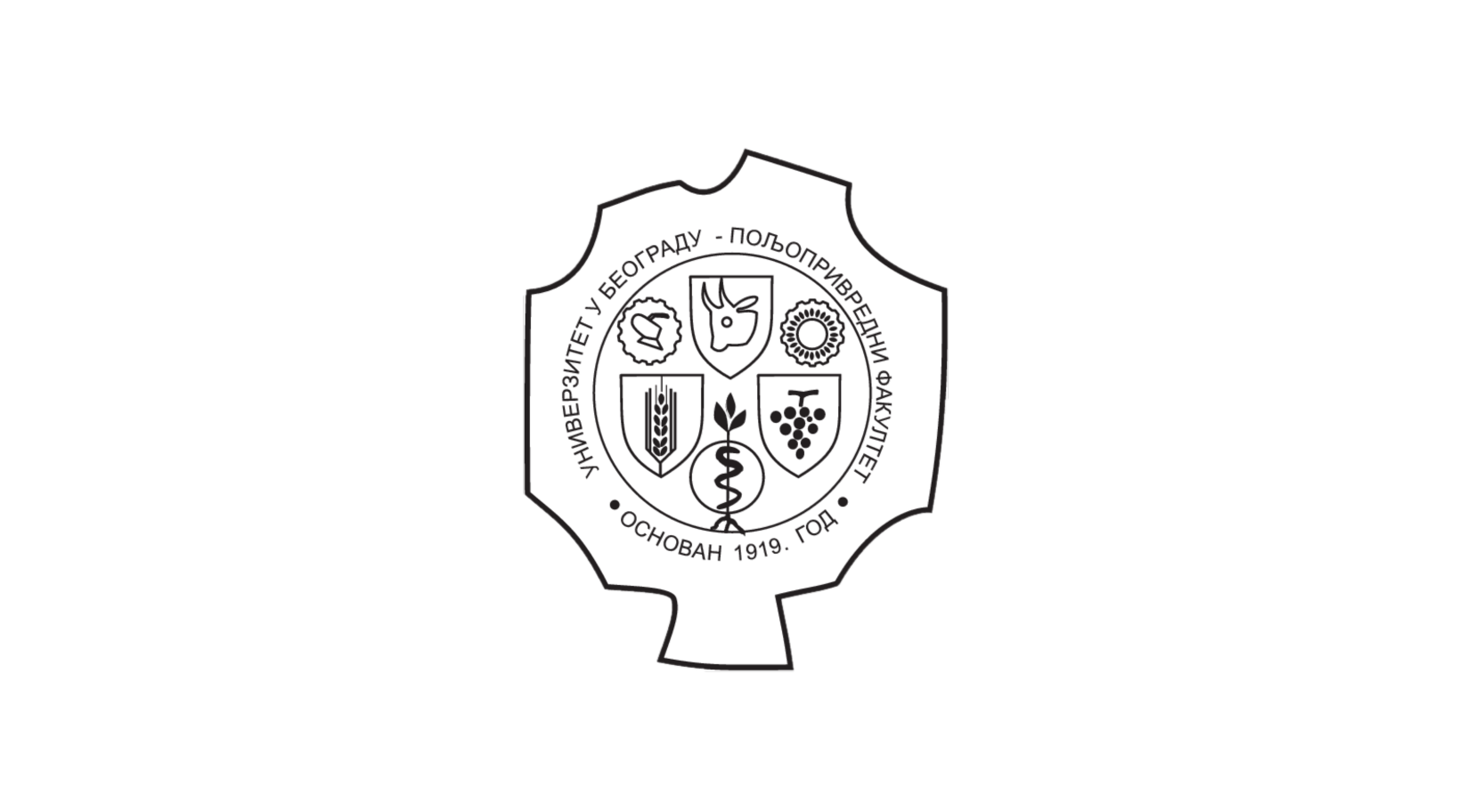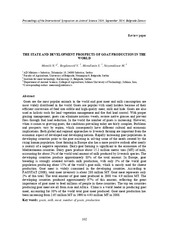Приказ основних података о документу
The State and Development Prospects of Goat Production in the World
| dc.creator | Memisi, N | |
| dc.creator | Bogdanović, Vladan | |
| dc.creator | Moracanin, S | |
| dc.creator | Nezamidoust, M | |
| dc.date.accessioned | 2020-12-17T23:12:34Z | |
| dc.date.available | 2020-12-17T23:12:34Z | |
| dc.date.issued | 2014 | |
| dc.identifier.uri | http://aspace.agrif.bg.ac.rs/handle/123456789/5570 | |
| dc.description.abstract | Goats are the most popular animals in the world and goat meat and milk consumption are most widely distributed in the world. Goats are popular with small holders because of their efficient conversion of feed into edible and high-quality meat, milk and hide. Goats are also used as holistic tools for land vegetation management and fire fuel load control. With proper grazing management, goats can eliminate noxious weeds, restore native grasses and prevent fires through fuel load reduction. In the world the number of goats is increasing. However, when it comes to growing goats, the conditions prevailing today are fairly complex. Problems and prospects vary by region, which consequently have different cultural and economic implications. Both global and regional approaches to livestock farming are important from the economic aspect of developed and developing nations. Rapidly increasing goat populations in developing countries point to the goat assisting in solving some of the needs created by the rising human population. Goat farming in Europe also has a more positive outlook after nearly a century of a negative reputation. Dairy-goat farming is significant to the economies of the Mediterranean countries. Dairy goats produce about 15.2 million metric tons (MT) of milk, accounting for about 2% of the world total amount of milk produced by livestock species. The developing countries produce approximately 83% of the total amount. In Europe, goat breeding is strongly oriented towards milk production, with only 3% of the world goat population producing about 15% of the world’s goat milk, which is mostly used for cheese production. Goat meat is widely consumed in the developing countries. According to FAOSTAT (2008), total meat inventory is about 280 million MT. Goat meat represents only 2% of this total. The total amount of goat meat produced in 2008 was 4.9 million MT. The developing countries produced approximately 97% of this amount, reflecting the great importance of goat meat to feed millions of people in these countries. The top ten countries producing goat meat are all from Asia and Africa. China is a world leader in producing goat meat, accounting for 38% of the world total goat meat produced. Goat meat production has been increasing from 2.65 million MT in 1990 to 4.93 million MT in 2008. | en |
| dc.relation | info:eu-repo/grantAgreement/MESTD/Integrated and Interdisciplinary Research (IIR or III)/46009/RS// | |
| dc.rights | openAccess | |
| dc.source | International Symposium on Animal Science 2014, 23-25th September 2014, Belgrade, Serbia | |
| dc.subject | goats | en |
| dc.subject | milk | en |
| dc.subject | meat | en |
| dc.subject | number of goats | en |
| dc.subject | production | en |
| dc.title | The State and Development Prospects of Goat Production in the World | en |
| dc.type | conferenceObject | |
| dc.rights.license | ARR | |
| dc.identifier.fulltext | http://aspace.agrif.bg.ac.rs/bitstream/id/4069/5567.pdf | |
| dc.identifier.rcub | https://hdl.handle.net/21.15107/rcub_agrospace_5570 | |
| dc.type.version | publishedVersion |


